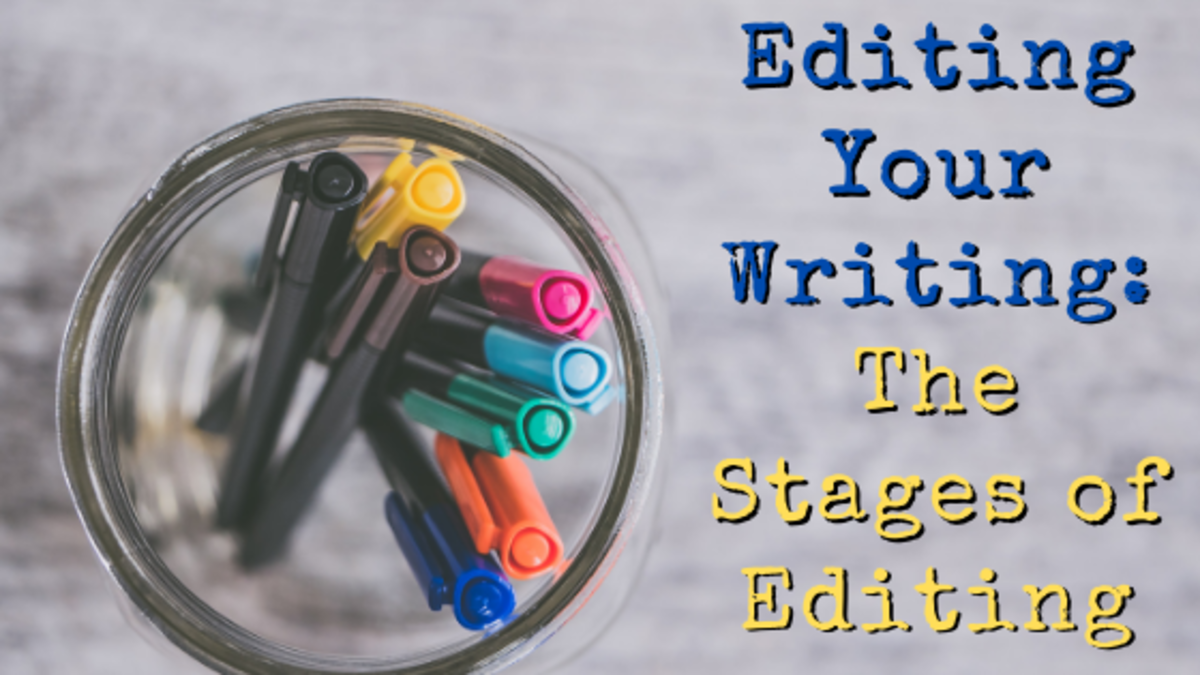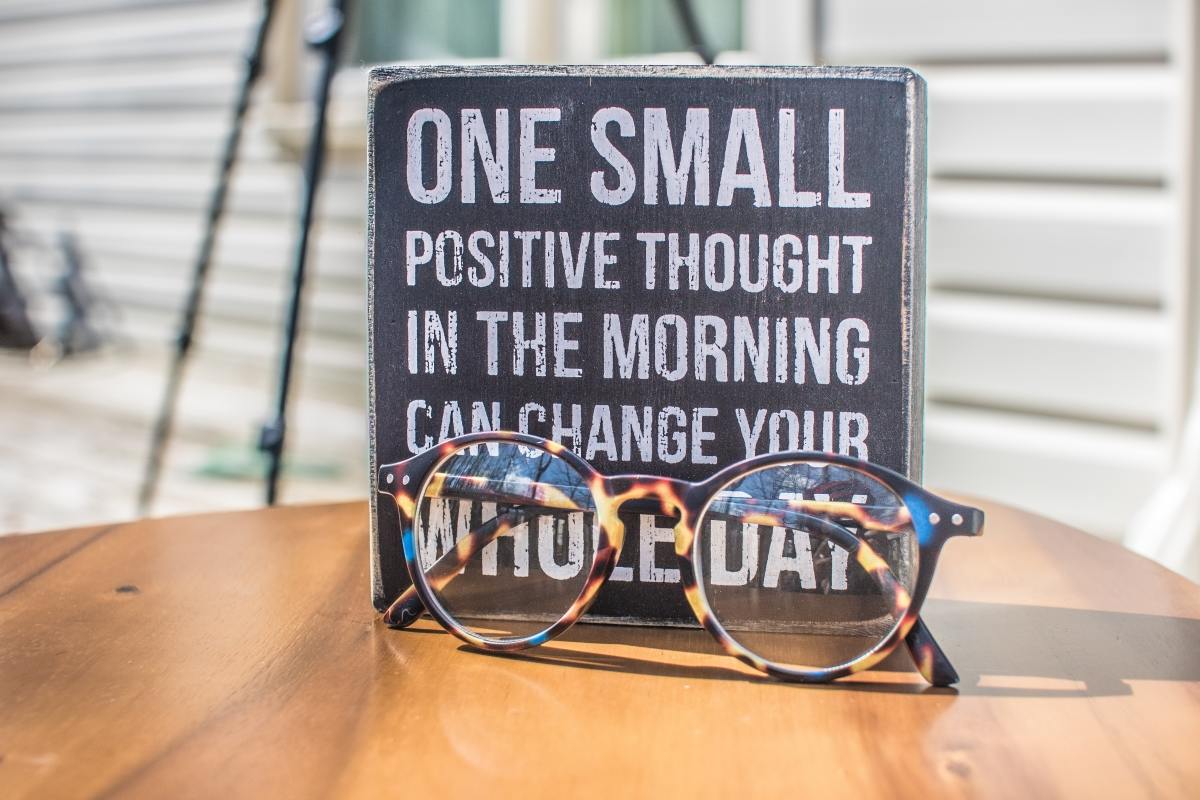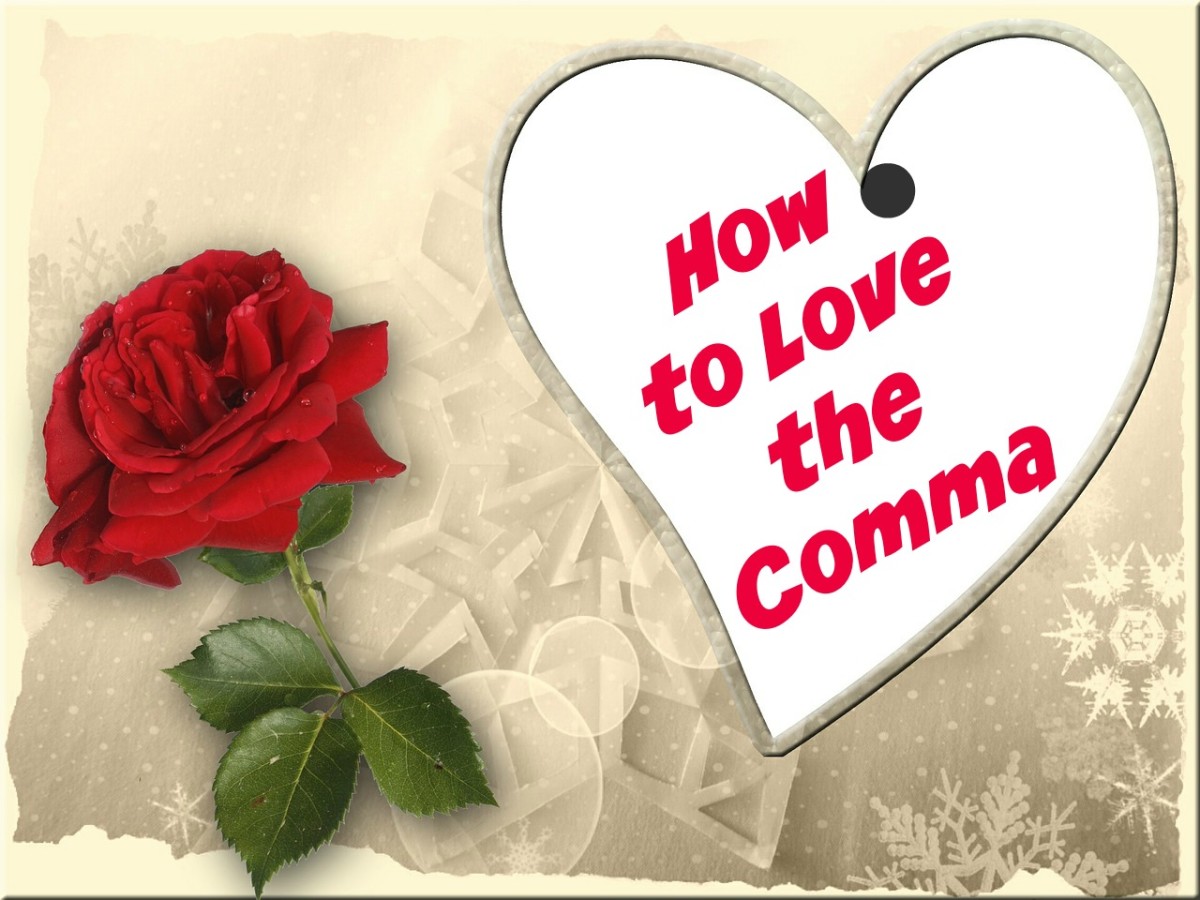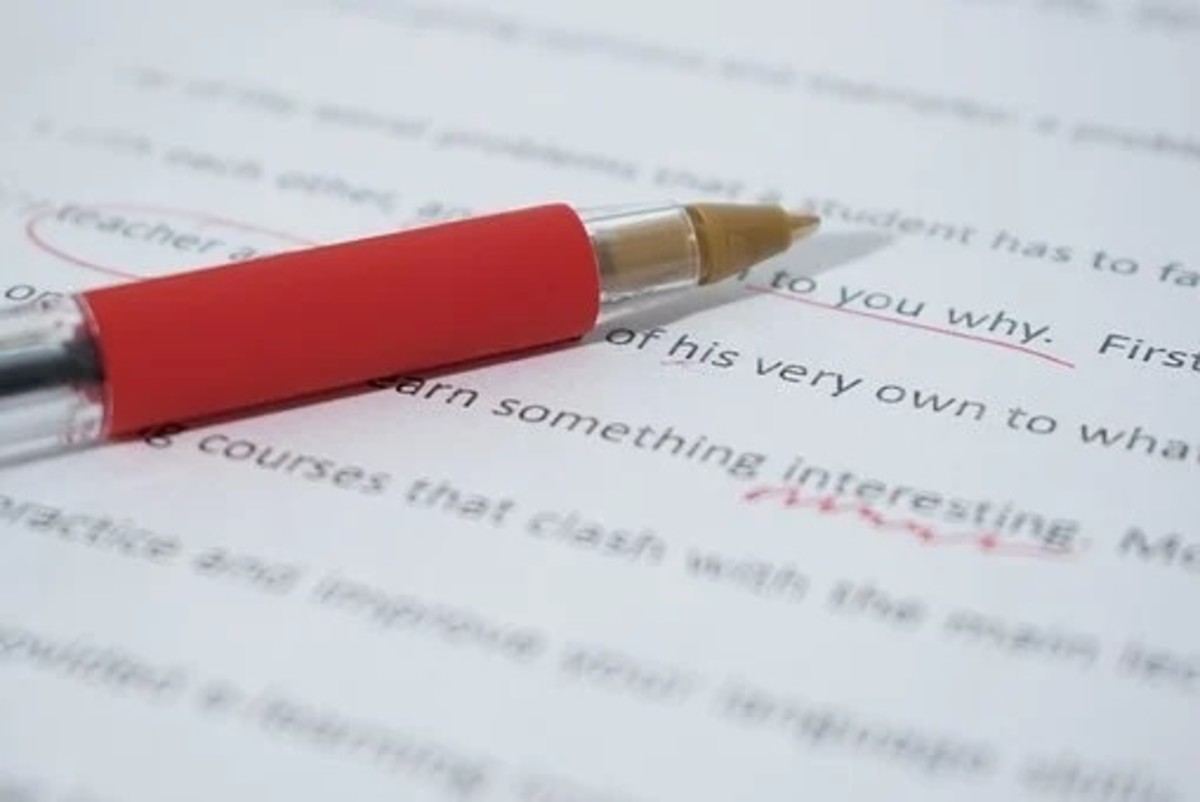How To Write Right
A Brief Guide To Editing Your Work
No one sets out to write the “wrong” way. In fact, some might claim that there is neither a “right” not a “wrong” way to go about it. It may be true that in the area of creative writing, pretty much anything goes, as long as spelling and punctuation are correct. (In the case of poetry, you need not necessarily worry about punctuation: witness the success of ee cummings, who chose not only to foregoe standard capitalization rules but also used unique placement of punctuation to enhance his work.) There are, however, a few things to keep in mind if you hope to make your writing of essays, articles, and reviews more effective and reader-friendly.
... First, beware of sentence fragments. Think of a fragment as an incomplete thought, merely a piece of a sentence. Note : You probably were taught that every sentence must have at least two components: a subject and a verb. That’s true; occasionally, though, in the case of an imperative sentence (one that expresses a command), the subject will be implied : e.g., Hurry! The implied subject in this type of sentence is you, whether it be singular or plural. Therefore, a one-word command is a complete sentence. Otherwise, beware of sentence fragments.
... This brings us to the next writing tip, which actualy is a continuation of the first: do not begin a sentence with a co-ordinating conjunction (and, but, or) . If you do, the sentence automatically becomes a fragment. A co-ordinating conjunction is meant to connect two clauses, each of which can stand alone (independent clauses), to make a compound sentence . Therefore, it must appear in the middle of the sentence, just as an equal sign appears in the middle of an equation. e.g.: The boy carried his backpack to his seat, and the rest of the class did the same. (A compound sentence needs a comma before the conjunction.) Occasionally, in order to achieve a desired effect or make a point, you might choose to start a sentence with a co-ordinating conjunction: e.g., You might have trouble imagining that actor playing a comedic role. But it worked. Remember not to overuse this technique, though, or the effect could become muted.
... Next, contrary to what you might have been taught, you may begin a sentence with a subordinating conjunction ( if, whether, since, although, after, because) as long as you finish the thought. Take the ever-popular ( and incorrect) rule, “ You can never start a sentence with because ”, for example. If you were to write this: Because I didn’t have enough money, the clause would be dependent , which would make this group of words a fragment; it’s lacking another clause on which it depends to finish the thought. “Because I didn’t have enough money, I skipped lunch,” is a complete sentence, on the other hand, because the independent clause “I skipped lunch” completes the thought.
... Now that we’ve covered the dangers of sentence fragments, let’s take a look at the opposite: run-on sentences. It’s easy to spot a sentence that contains too many and’s . It might not be as easy to spot a run-on, however, when independent clauses are connected merely by a comma. e.g., He didn’t try hard, he failed. The bottom line is this: a comma is not strong enough to connect two complete thoughts, even if they are closely related. In order to do this, you need a comma followed by and, but or or. Another solution (one which is pretty impressive when done correctly) is to put a period above the comma, thereby transforming the weak comma into a strong semi-colon.
... Speaking of connectors: remember to use transitions (next, after that, on the other hand, for one thing, for example, however) to connect ideas within paragraphs and to keep things moving smoothly from one paragraph to the next. Remember those connect-the-dots pictures you completed as a child? That’s exactly what transiions do: connect the verbal dots of your ideas.
... Another thing to keep in mind: Spell check does not recognize homynyms (words that sound alike but differ in spelling and meaning: there, theirs; one, won; sent, scent) ). As long as a word exists, spell check will recognize it as correct. Remember to check your word usage carefully.
... Finally, AVOID CLICHES. Comparisons like similes and metaphors are an excellent way to enhance your writing, but cliched comparisons (good as gold, right as rain, easy as pie, etc.) not only make little sense (think about it); they’re just plain tiresome. Overuse has made them trite and ineffective. A fresh approach works far better than a stale one.
Hopefully, these tips will come in handy when you proofread your writing. In fact, if reading this article seemed like a deja vu’ experience, it’s probably because you learned these writing tools way back in middle school. Sometimes, all it takes to hone your skills is to jog your memory a bit.








